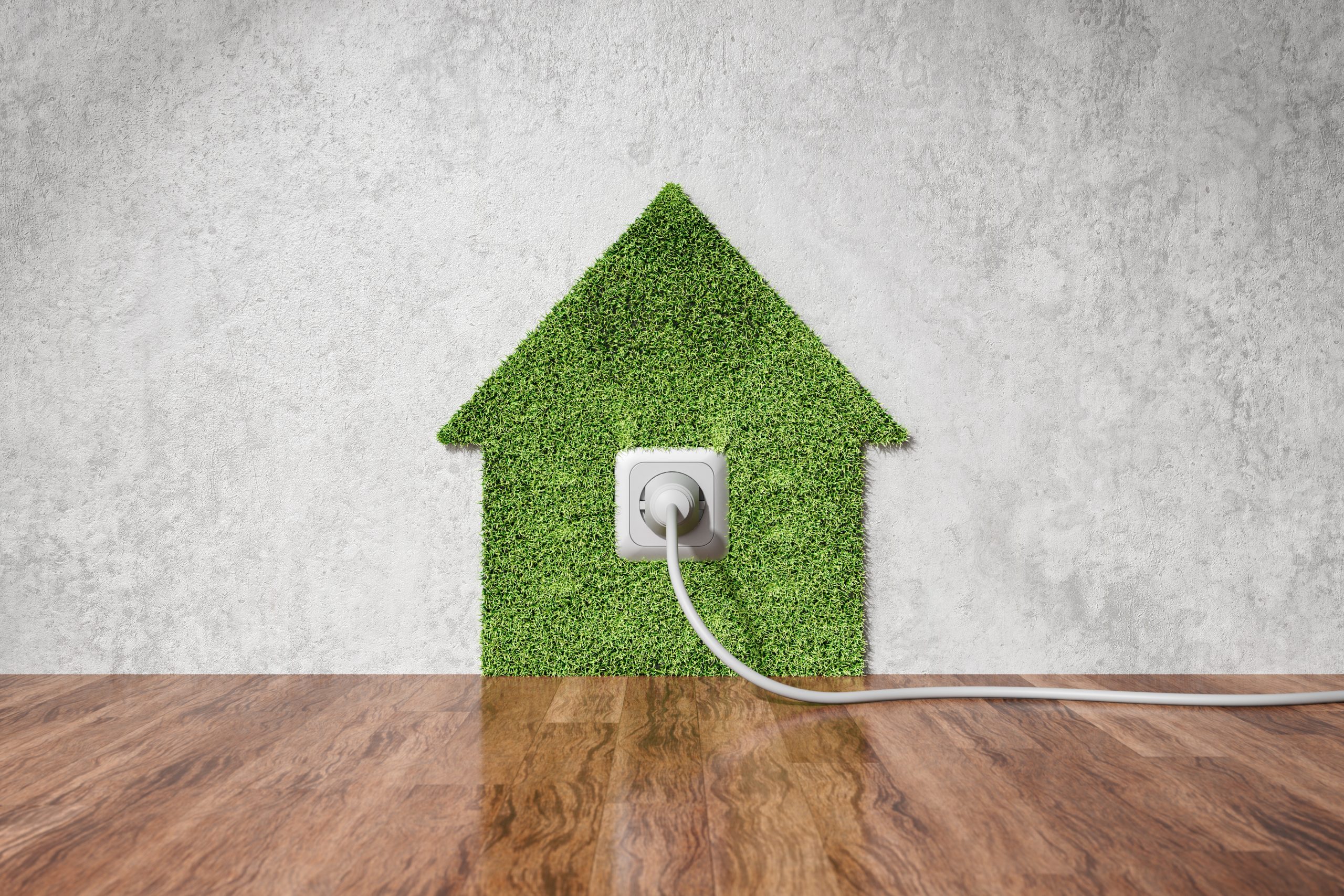As concerns about climate change and energy costs grow, more homeowners are turning to renewable energy sources to power their homes. Transitioning to renewable energy not only reduces your carbon footprint but also can lead to long-term savings on energy bills. Whether you’re looking to go fully off-grid or simply reduce your reliance on traditional power sources, integrating renewable energy into your home is a smart and sustainable choice. Here’s how to get started, along with practical tips, tricks, and insights.
1. Solar Power: The Most Accessible Renewable Energy Source
Solar energy is one of the most popular and accessible renewable energy options for homeowners. Installing solar panels allows you to harness the sun’s energy to generate electricity or heat water, reducing your dependence on grid electricity.
Tip: Start by evaluating your home’s solar potential. Solar panels work best on south-facing roofs with little to no shading. You can use online tools or consult with a solar energy provider to determine if your home is suitable for solar energy installation.
Trick: If installing a full solar panel system isn’t feasible due to cost or space, consider smaller solar-powered devices like outdoor lights, water heaters, or battery chargers. These can help reduce energy usage without the need for a large upfront investment.
Insight: While the initial cost of installing solar panels can be high, many governments offer tax incentives, rebates, or grants to help offset these expenses. Additionally, solar panels often pay for themselves in the long run through reduced energy bills and increased home value.
2. Wind Power: Harnessing Energy from the Wind
Wind power is another renewable energy source that can be used at home, though it’s generally more effective in rural or coastal areas where there’s consistent wind. Small-scale wind turbines can generate electricity for your home, reducing your reliance on the grid.
Tip: Before investing in wind power, check local zoning laws and wind availability in your area. Small wind turbines are ideal for locations with average wind speeds of at least 9 miles per hour, so it’s important to assess your region’s wind potential.
Trick: If you live in an area with moderate wind but are unable to install a full turbine, hybrid systems combining solar and wind power can be an effective solution. These systems allow you to generate electricity from both sources, ensuring consistent power throughout the year.
Insight: Wind turbines can work well in combination with solar panels, providing power at night or during cloudy days when solar energy may be limited. This dual approach can ensure a steady supply of renewable energy.
3. Geothermal Energy: Heating and Cooling from the Ground
Geothermal energy uses the natural heat stored in the earth to regulate your home’s temperature. By installing a geothermal heat pump, you can efficiently heat your home in the winter and cool it in the summer using far less energy than traditional HVAC systems.
Tip: Geothermal systems work best in regions where the temperature below ground remains relatively constant throughout the year. Consult with a geothermal contractor to see if your home is a good fit for this system.
Trick: Geothermal systems typically require a higher upfront cost for installation but can significantly reduce heating and cooling bills over time. In fact, geothermal systems are up to 65% more efficient than traditional heating and cooling methods.
Insight: Because geothermal energy relies on the earth’s natural heat, it’s a reliable, low-maintenance source of energy that works year-round, regardless of weather conditions.
4. Hydropower: Small-Scale Water Energy
If you have access to a flowing water source on your property, such as a stream or river, you might be able to generate electricity using micro-hydropower. This technology harnesses the energy of flowing water to produce power for your home.
Tip: Micro-hydropower is ideal for homes located near consistent water sources. However, the size of the water flow and your energy needs will determine whether this option is feasible.
Trick: Use a micro-hydro system in conjunction with other renewable sources like solar or wind to create a hybrid energy system that maximizes efficiency and ensures consistent power.
Insight: Micro-hydropower systems can generate power 24/7 as long as the water flow is constant, making it one of the most reliable renewable energy options. However, it’s important to ensure that the installation complies with local environmental regulations to protect natural waterways.
5. Maximize Efficiency with Energy Storage Solutions
One of the challenges of using renewable energy sources is that they don’t always generate power at the times you need it. Energy storage solutions, like battery systems, can store excess energy generated by solar, wind, or other sources for later use.
Tip: Consider installing a home battery system, such as the Tesla Powerwall or similar models, to store surplus energy generated by solar panels or wind turbines. This stored energy can be used during nighttime or during periods of low sunlight or wind.
Trick: Pairing battery storage with your renewable energy system ensures you have a reliable power supply even when conditions aren’t optimal. This can be especially beneficial during power outages or peak demand times.
Insight: The cost of energy storage systems is coming down, making them more accessible to homeowners. In addition to ensuring consistent power, they can help you further reduce reliance on the grid and lower your overall energy costs.
